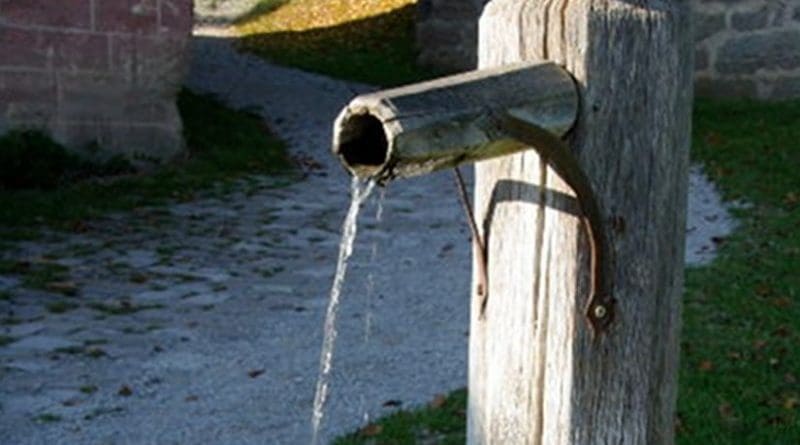How Will Iran’s Looming Water Crisis End? – OpEd
Iran is facing one of the most critical challenges in its modern history – a looming water crisis that threatens the very existence of its land.
Over the past four decades, the clerical regime has implemented policies that have led to severe mismanagement of water resources, resulting in a significant depletion of surface and underground water reservoirs. As the world experiences the hottest summer on record in 2023, scientists’ warnings about the escalating global warming have become even more pressing. The question remains: Is contemporary humanity ready to face this unforeseen and daunting guest? However, for the people under the oppressive rule of the religious fascism in Iran, the answer is bitter and tragic.
Water stress is measured by the available water per cubic meter per person annually. If a country has more than 1,700 cubic meters per person per year, it is considered safe. However, if this level falls below, the country will face water stress (between 1,000 and 1,700 cubic meters per person) and eventually water crisis (below 1,000 cubic meters). Iran has been fluctuating between water stress and water crisis since 2022.
Even worse, scientific predictions indicate that by 2050, Iran’s water availability will reach a mere 500 cubic meters per person, a catastrophic situation.
The water crisis poses not only a severe ecological threat but also a formidable social and humanitarian challenge. As the scarcity of water escalates, tensions rise, and water-related conflicts become increasingly likely. Competition over water resources could lead to clashes and social unrest within the country. Moreover, agriculture, the backbone of Iran’s economy, will be severely affected, leading to food shortages and further exacerbating socio-economic disparities.
For decades, the Iranian authorities have constructed numerous dams that have diverted natural flows and led to the depletion of surface water. Additionally, the reckless policies of the ruling regime have caused groundwater resources to plunge into an irrecoverable crisis.
The consequences of this water bankruptcy are vividly evident in the drought-stricken province of Khuzestan, where extensive areas are suffering. “Temperatures in cities such as Omidiyeh, Shush, Ramhormoz, Ahvaz, and Aghajari in Khuzestan have reached above 50 degrees Celsius, with the Meteorological Organization of Khuzestan issuing an orange alert. Simultaneously, the Ghilavieh and Malashiyeh regions in Khuzestan are grappling with water scarcity.”
It’s worth noting that just two years ago, in response to water shortages, widespread protests erupted in many cities of Khuzestan, including Ahvaz, Abadan, and Khorramshahr. However, the Islamic Revolutionary Guard Corps brutally suppressed the people’s cries. Recently, IRGC Chief Hossein Salami, traveled to Khuzestan and issued threats to the thirsty population, stating that the IRGC will confront anyone who undermines the country’s security and will quash any protests.
But the crisis of water scarcity has long passed Khuzestan, Ilam, Kerman, and Sistan and Baluchestan and is now targeting the capital, Tehran. On July 17, MP Gholamreza Montazeri asked the government to take action and supply water with tankers to resolve the water crisis in the northern Golestan province, in order to prevent the transformation of water stress into “social unrest”.
The prospect of a rebellious million-strong population of the capital, suffering from water shortages, terrifies the clerical regime more than anything else. In recent months, several instances of water outage in Tehran sparked widespread anger and demonstrations, with thousands of people taking to the streets.
The devastating consequences of the regime’s mismanagement and negligence have led to a catastrophic depletion of water resources. The people of Iran, fully aware of the impending danger, are determined to resist and fight for their fundamental right to water, clean air, equality and basic human rights.
As the regime shows no indication of changing priorities or policies in favor of the public, it is a question of when rather than if Iranians decide to ignite the next uprising choosing from the hundreds of reasons they suffer from under this regime.
This article was published by the PMOI/MEK

